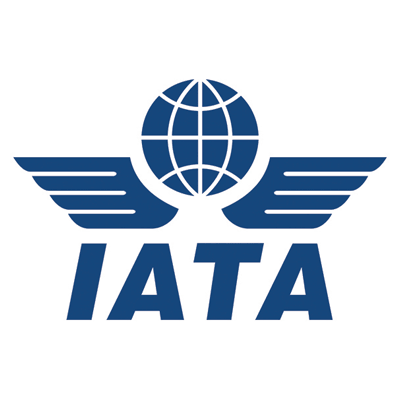Single European Sky (SES) performance scheme targets set to disappoint again
Posted: 11 March 2013 | IATA
IATA criticised the decision of the European Single Sky Committee to endorse weakened Performance & Charging Scheme regulations…


The International Air Transport Association (IATA) criticized the decision of the European Single Sky Committee to endorse weakened Performance and Charging Scheme regulations for air navigation services over the period 2015-2019. The decision was made on 8 March and impacts the calendar years 2015-2019 (known as Reference Period 2 or RP2).
If this decision is allowed to stand, regulators will have permitted a second period of weak regulation for the critical Single European Sky (SES) project. Diluted targets were previously set for RP1 covering 2012-2014, which air navigation service providers (ANSPs) could readily meet without the reforms needed to truly deliver the SES.
“We should learn the lessons from the failure of RP1 to deliver the efficiency needed to put SES back on track. ANSPs and member states need the right incentives to drive the SES. The European Commission understands this. But we have seen a progressive weakening of their strong position under pressure from member states which continue to protect inefficient, state-owned ANSP monopolies over the needs of travelers and the environment for more efficient air traffic management,” said Tony Tyler, IATA’s Director General and CEO.
Join us live: Shaping the Next Generation of Hold Baggage and Air Cargo Screening
Join us live for an insightful webinar on 11th December at 14:00 GMT, in collaboration with Smiths Detection, as we explore the strategic balance of operational efficiency, regulatory compliance, and sustainability in high-volume security environments.
This session offers a focused look into future-proofing your security strategy.
Key learning points
- Cost Reduction: Strategies to minimize bag travel time while simultaneously reducing operational costs.
- Regulatory Roadmap: Insights into the next wave of regulatory changes and their impact on future investment decisions.
- Sustainable Systems: Practical approaches to building sustainability into security systems and lowering the total cost of ownership (TCO).
- Scalable Solutions: Real-world examples of scalable systems supporting current airport growth and preparing for tomorrow.
Register now for expert insights, case studies, and actionable strategies on operational efficiency!
The critical deficiencies in the new regulations are:
- A scheme which offers ANSPs the continuation of categories of costs termed “uncontrollable” which can simply be added after the fact to the agreed charges. Due to the weakening of the regulations, this concept is now even broader than its present application for RP1;
- A facility to introduce congestion charging without consideration of the cost burden to passengers or airlines or the likely distorting impact to the network;
- Another deferral of terminal charge target setting. This will allow ANSPs to offset any reduction in charges which they may be required to make for en-route charges.
“Passengers, airlines and the wider European economy are losing EUR 5 billion every year from inefficient air traffic management. That’s the cost of the fragmentation of European airspace. But once again it looks like the cost-efficiency targets will be woefully short of what is required. The solution is a binding performance scheme, administered by a Europe-wide independent economic regulator. It’s the only way to motivate ANSPs to rationalize the duplication and waste of the current system. For example, Europe does not need the 63 air traffic control centers that it has today. We could have more efficient service with no more than 40,” said Tyler.
The actual targets for RP2 will be finalized in December. “Based on the evidence of the framework agreed last week, we are not optimistic that the numbers will be sufficiently ambitious. That will mean business as usual instead of the reform needed. The Single European Sky should by now have become a great and successful European project. But following this development, airspace users will be asking themselves why they should continue to support it financially or in any other way,” said Tyler.
Join our free webinar: Transforming Airport Security – Innovation, Impact, and the Passenger Experience
The landscape of airport security is undergoing a profound transformation, driven by evolving threats, technology, and passenger expectations. This webinar focuses on how AtkinsRéalis has been transforming security processes at some of the world’s busiest airports with smarter, more adaptive solutions.
Date: 4 Nov | Time: 14:00 GMT
REGISTER NOW TO SECURE YOUR SPOT
Can’t attend live? No worries – register to receive the recording post-event.
Related organisations
International Air Transport Association (IATA), Single European Sky (SES)













